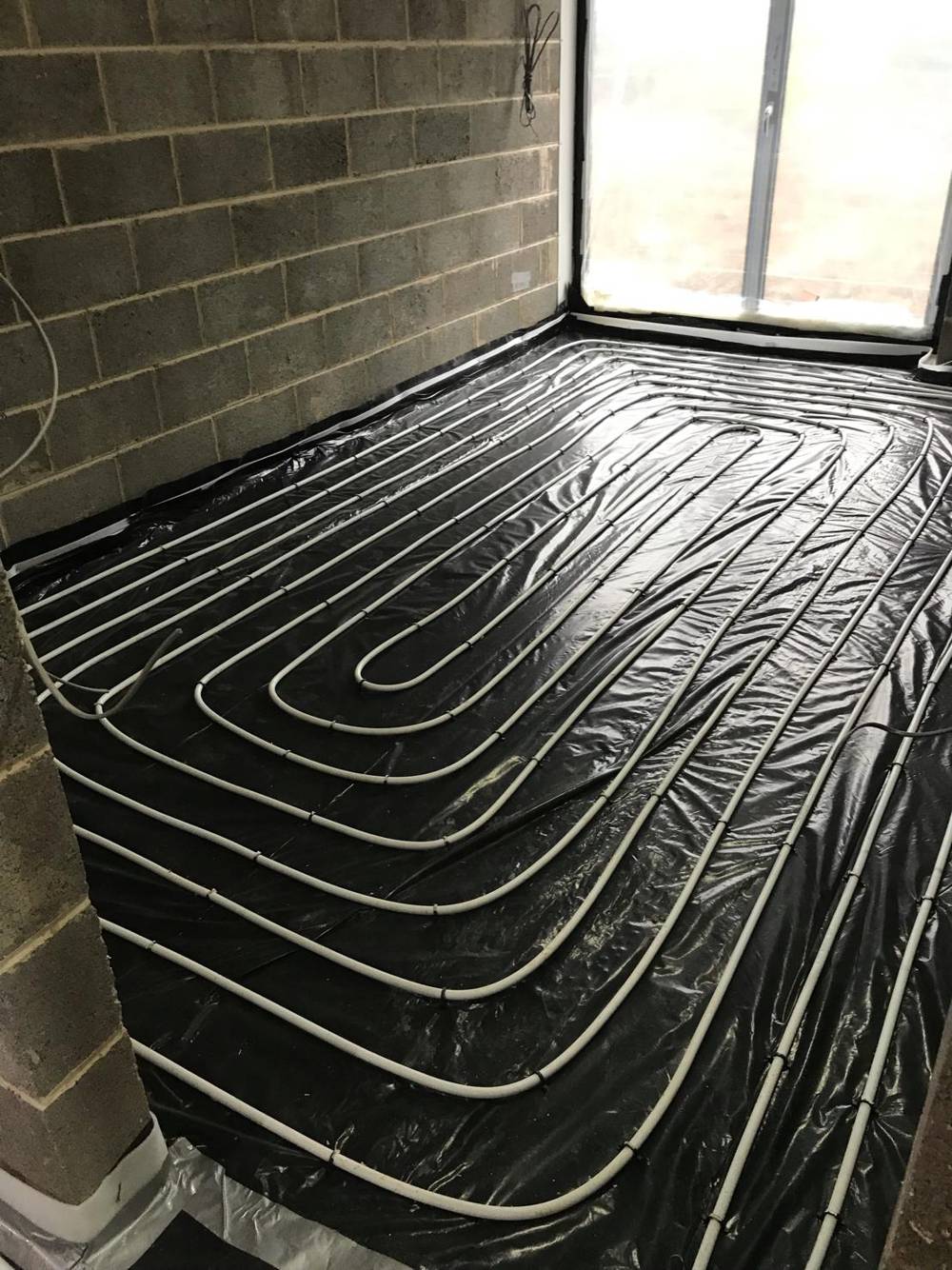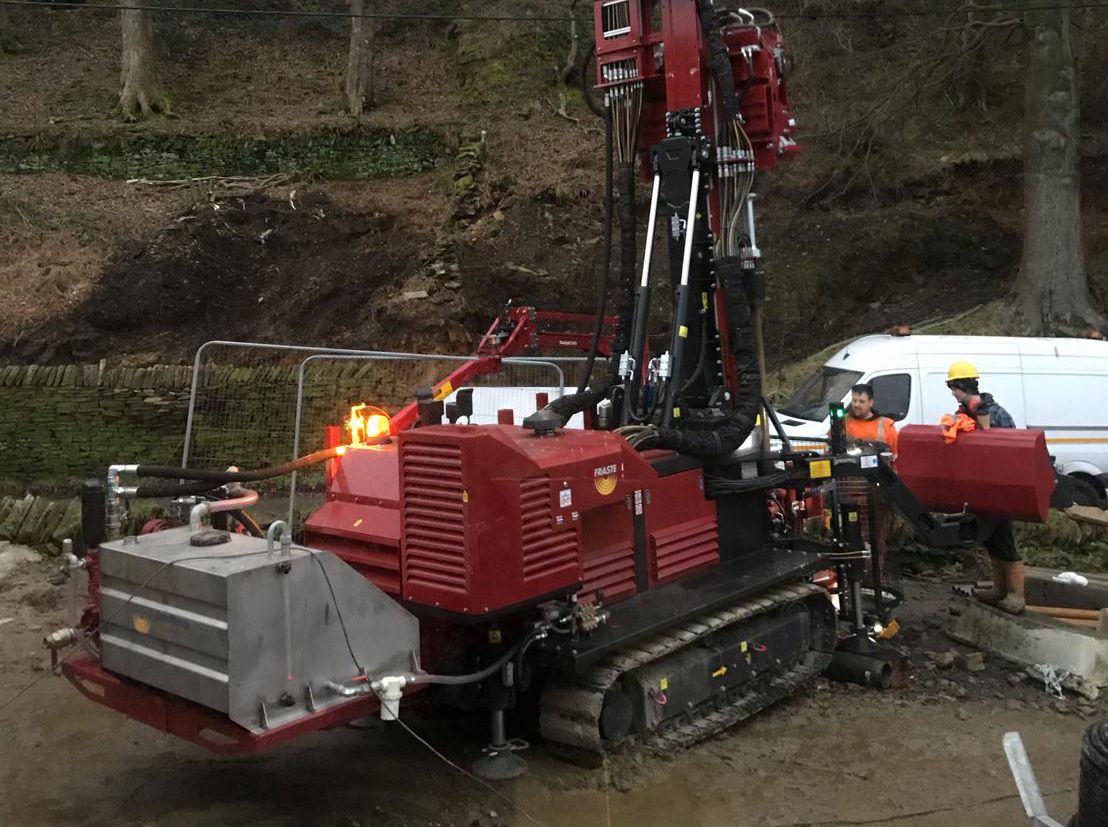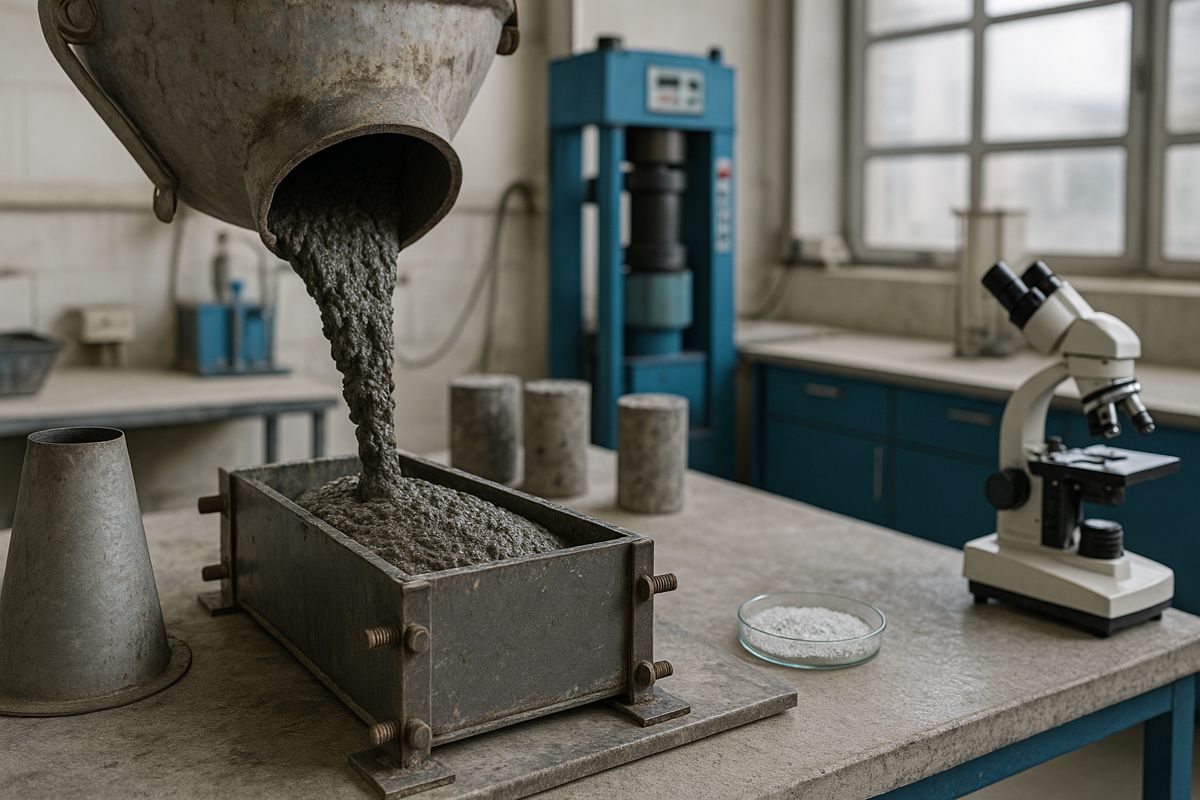Sustainable Ground Source Heat Pumps slash energy bills
Despite the cost-of-living crisis and the number of other challenges the construction industry is currently faced with, businesses and individuals alike are continuing to implement new strategies to reduce their own carbon emissions, whilst simultaneously working towards the UK government’s net-zero target by 2050.
Amongst larger developments, in particular, Ground Source Heat Pumps (GSHP) have emerged as one of the frontrunners in sustainable energy solutions within recent years, being ideal for both rural and urban businesses, schools, and other enterprises with the land viable for heat extraction.
Regardless of the intended project, cost control and sustainable practices remain important topics, especially when considering the UKs existing energy climate. But what is causing an increasing number of developers to switch away from the more traditional, clean energy sources – such as solar – and towards GSHPs?
To provide an insight into this ever-topical question, John Rodgman – managing director of the geothermal drilling firm, Borehole Solutions – has shared exactly how GSHPs provide a cheaper, more efficient, and cleaner alternative to your traditional heating systems.

How do GSHPs work?
“A ground source heat pump is a renewable heating system that extracts geothermal energy stored from deep within the ground, and is used to transfer this heat energy to the area in a more useable form. These systems can be installed at any location in the UK, using a borehole or shallow trench to circulate a mixture of water and antifreeze along a series of buried pipes, absorbing the heat from the ground into this liquid mixture, and then passing it through a heat exchanger for practical use. The scope of the project, however, and therefore the number of boreholes and trenches that need be drilled, depends on the specific size of the development, as well as the underlying geological conditions of the area of land intended for development.
“Whereas alternative sustainable solutions – such as hydroelectric, wind, and solar power, for example – require specific criteria to be met in order to be effectively implemented, GSHPs can absorb solar energy from a variety of natural resources – from rivers, to rock formations, and even your back garden. From a development perspective, being able to circumvent these issues can not only save a lot of time in the planning process, but a significant amount of money as well.”

What role does GSHP have in sustainable construction?
“Heat pumps play a significant role in working towards the UK government’s 2050 net-zero target, and as such, an estimated 19 million units are looking to be installed by 2050, primarily due to the ban on traditional gas boiler installations coming into effect in 2025. In fact, these green alternatives are already 400% more efficient, and produce 70% lower carbon dioxide emissions than a traditional gas boiler, and when combined with smart heating and other renewable technologies, can further improve efficiency, reduce costs, and even become self-sufficient in themselves.
“Despite primarily being used for the transfer of heat from the ground to the surface, GSHPs can be used for both heating and cooling – dispensing with the need for additional air conditioning systems, for example. GSHPs provide sustainable energy all year round, regardless of the weather or season, meaning they can also naturally cool the building or area in the summer, as well as heating them throughout the winter.”

Can GSHPs save you money on your bills?
“Whilst the cost of installing a GSHP can range from between £10,000 and £20,000 for your average home, for larger developments, this can quickly rack up. Depending on the project, however, a significant percentage of this cost can be circumvented as a result of the Boiler Upgrade Scheme, where a government grant of £5,000 is offered to those looking to produce green heat. In many cases, this makes the use of GSHPs preferable than traditional heating options anyway, with many developments reporting an estimated 50% reduction in annual heating bills.”
Be wary of Planning Considerations.
“In the majority of cases, the installation of a GSHP can typically be carried out without planning permission, but this isn’t always the case. Certain areas, such as listed buildings or conservation areas, for example, require permission from your local council before any construction can begin. Factors – such as the location of your build, the type of project you are building, the variation of heat hump you are installing, and more – must all be taken into consideration throughout the planning stage of the project.”




















